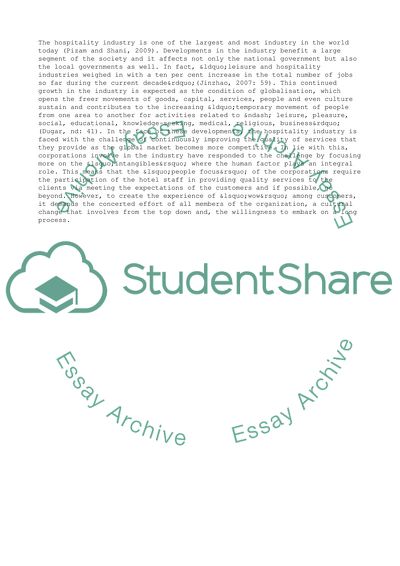Cite this document
(The Organisational Change in the Hospitality Industry: the Competitive Research Paper, n.d.)
The Organisational Change in the Hospitality Industry: the Competitive Research Paper. Retrieved from https://studentshare.org/management/1746768-hospitality-developments-a-management-report
The Organisational Change in the Hospitality Industry: the Competitive Research Paper. Retrieved from https://studentshare.org/management/1746768-hospitality-developments-a-management-report
(The Organisational Change in the Hospitality Industry: The Competitive Research Paper)
The Organisational Change in the Hospitality Industry: The Competitive Research Paper. https://studentshare.org/management/1746768-hospitality-developments-a-management-report.
The Organisational Change in the Hospitality Industry: The Competitive Research Paper. https://studentshare.org/management/1746768-hospitality-developments-a-management-report.
“The Organisational Change in the Hospitality Industry: The Competitive Research Paper”, n.d. https://studentshare.org/management/1746768-hospitality-developments-a-management-report.


